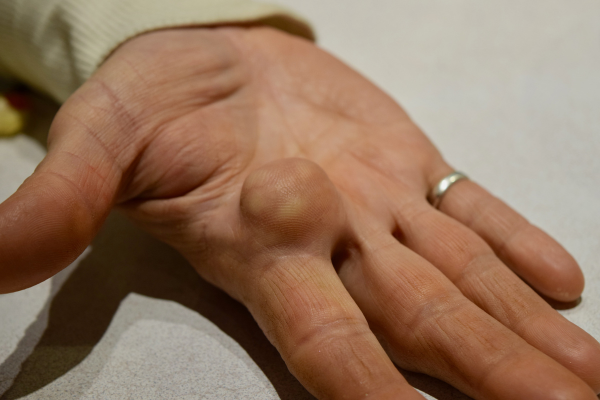Lipoma Removal
A lipoma is a noncancerous (benign) fatty lump that grows slowly between the skin and the underlying muscle layer. These soft, doughy lumps are usually painless and move easily when pressed.
What is a Lipoma?
A lipoma is a soft, fatty mass that grows under the skin. While the exact cause of lipomas is not fully understood, they are believed to result from genetic factors and are more common in people with a family history of lipomas. Lipomas are most commonly found in
Lipomas are most commonly found on the following areas of the body Neck, Shoulders, Back, Arms, Thighs and Abdomen.
Financials

Cost Estimate

₹ Xxx, xx

Consultation Free

Transportation Free

Insurance

All Insurances Accepted

Hassle-free Approval

Complete Paperwork Assistance

EMI

Zero Cost EMI

Pay in Installments

Easy Approval
Why Consider Lipoma Removal??
Risks and Complications
Lipoma Removal Techniques
Lipoma removal can be performed using different surgical techniques depending on the size, location, and nature of the growth. Excision Surgery is the most common method, where a small incision is made to remove the lipoma and its capsule, ensuring effective results with a low risk of recurrence. Minimally Invasive Liposuction is suitable for larger or softer lipomas, involving a thin tube to extract fat through a smaller incision, leading to minimal scarring but with a slightly higher risk of tissue remnants. Endoscopic Removal is preferred for lipomas near delicate structures, using a small camera and specialized tools for precise extraction through a small incision. Each method is chosen based on patient needs to ensure optimal outcomes.
Recovery and Aftercare
Long-Term Care and Maintenance
After lipoma removal, it is unlikely for the same lipoma to regrow in the same location, although some individuals may develop new lipomas elsewhere on the body. To maintain long-term health and prevent complications, it’s important to maintain a healthy diet, as this can help manage weight and potentially reduce the risk of developing additional fatty deposits.
For those with multiple lipomas or a family history, regular follow-up appointments with a doctor may be necessary to monitor for any changes.













